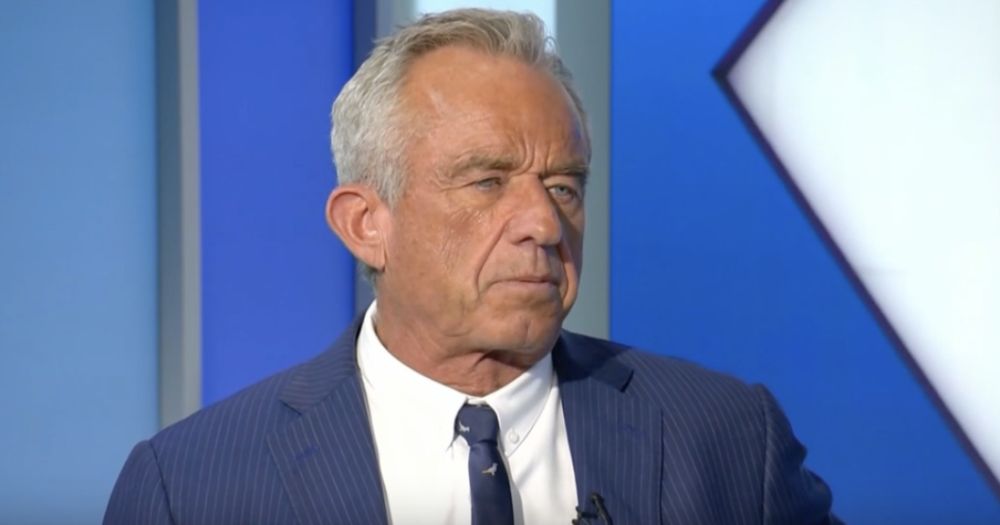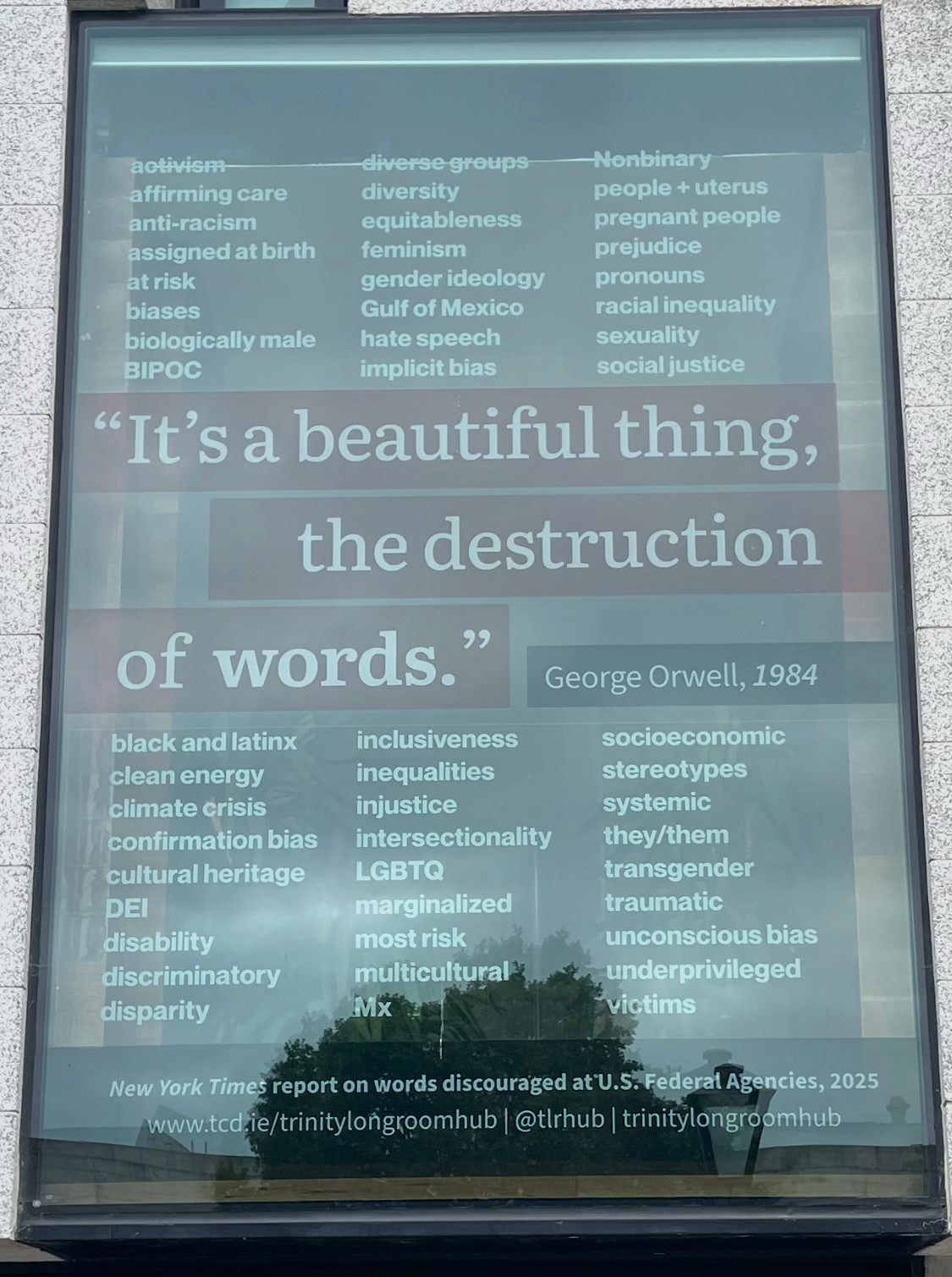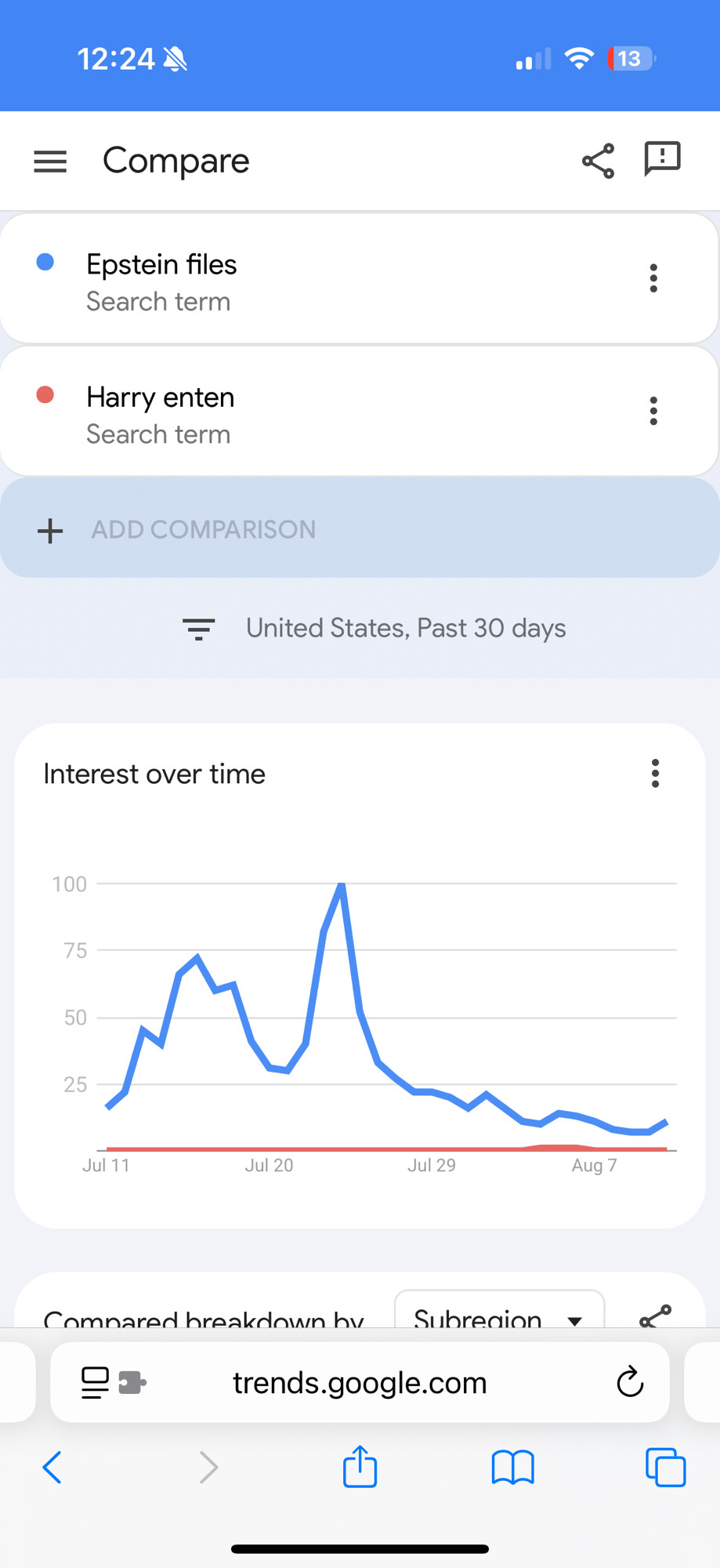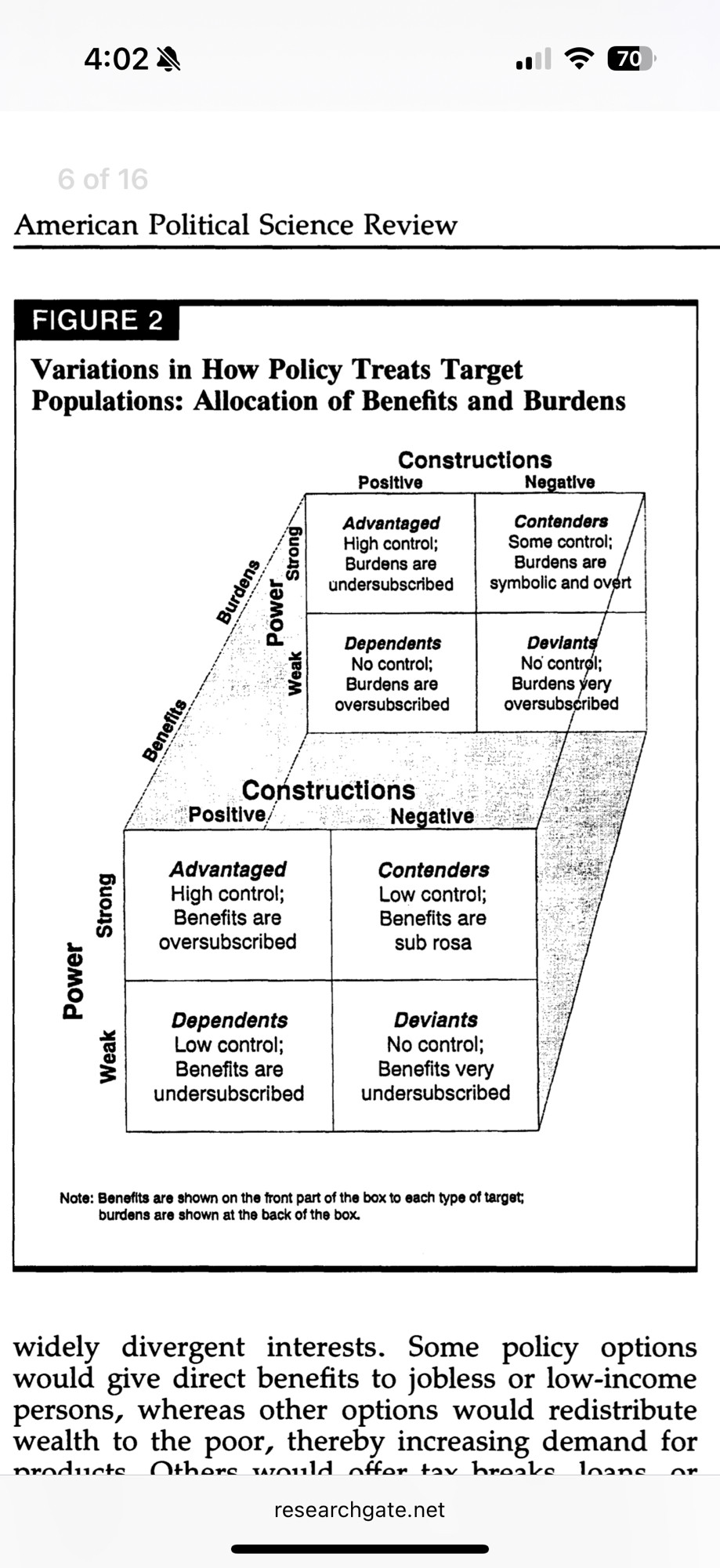- "'Trusting the experts is not a feature of either a science or democracy," Kennedy said."
It's literally a vital feature of both science and of representative democracy.
I've written a fair bit about trust in expertise as a vital mechanism in the collective epistemology of science.

RFK Jr. in interview with Scripps News: ‘Trusting the experts is not science’
HHS Secretary RFK Jr. sat down with Scripps News for a wide-ranging interview, discussing mRNA vaccine funding policy changes and a recent shooting at the Centers for Disease Control and Prevention.

![This election explainer was written by Amy Howe. It is part of SCOTUSblog’s 2020 Election Litigation Tracker, a joint project with Election Law at Ohio State. When the losing side […]](https://cdn.bsky.app/img/feed_thumbnail/plain/did:plc:k3npxyi4s7n24gbw6tx4m5rg/bafkreiafazyqa2l2cc5ttumlzygfbbsj7dv362mgxyl3hy2t7z24ilrb74@jpeg)

